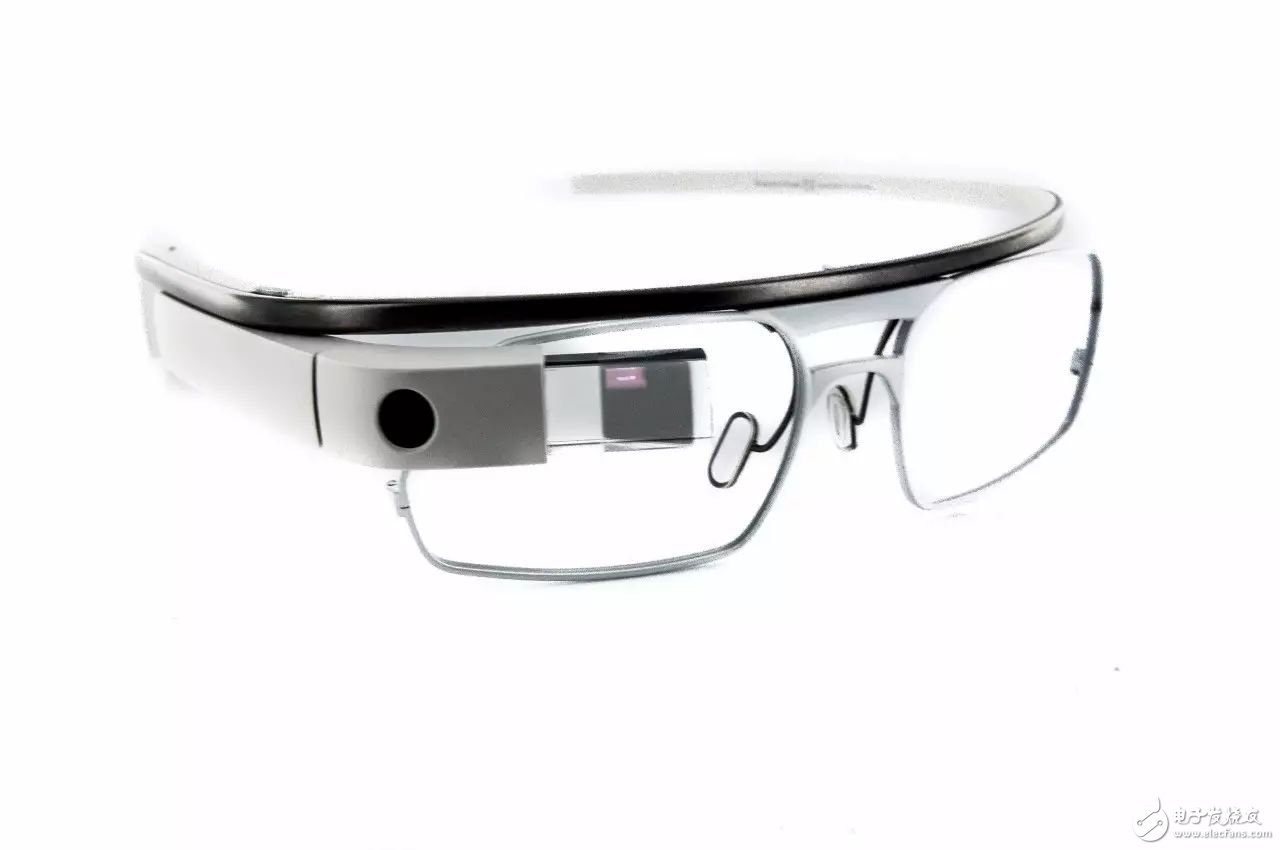What kind of wearable device can win the hearts of consumers? The answer is in the text
The development of smart wearable devices in the past two years seems to have encountered bottlenecks. Collecting and analyzing basic data is no longer enough to meet the functional requirements of wearable devices. More and more consumers are no longer satisfied with wearables. The device only stays in the basic functions of providing step count, sleep monitoring, etc. AR, VR and other technologies have become an important force affecting future development.
From an industry perspective, what kind of wearable devices can win the hearts of consumers? What role does storage play in the face of more complex and smarter wearable devices? Recently, Harsha Nagaraju , Segment Manager of Micron's Embedded Products Division, accepted the "Electronics World" interview and discussed in depth the technical appeals and trends of smart wearable products in storage.

Technology is changing the world around us and making us amazing achievements. What if we go one step further and integrate the digital world with the real world? The mission of Augmented Reality (AR) is to help us achieve this goal. AR can change the way we behave: visualize, share ideas, learn and imagine. With AR, we can incorporate visual overlays or 3D digital images into real-world environments (physical environments), and use information from the digital environment to enhance any scene in the real world. Augmented reality scenes can be viewed through a wearable device called a Headset Device (HMD).
Simply put, AR heads must be able to recognize the environment, understand gestures, process information, and project digital content in real time. The HMD is equipped with a forward-looking high-resolution camera that helps capture the environment in the field of view (FOV). In addition, the HMD has a series of sensors with depth-sensing cameras that help identify the relative spatial position of various objects. Users need to be able to see the surrounding environment through the lens, so the AR head display is equipped with a very advanced optical system. After processing the information from the sensor and camera, the digital projection information is projected by the optical projection system into the user's FOV range.
 Some of the early AR headlines (such as Google Glass) were targeted to project digital information to help users make better decisions, and some of the more advanced AR headlines (such as Microsoft HoloLens) that came out later have more processing power. Better optics and power management enable users to interact with these digital objects. All of these advanced head-and-feature features, without exception, allow users to view and interact with virtual objects in 3D, just as they are in real-world environments.
Some of the early AR headlines (such as Google Glass) were targeted to project digital information to help users make better decisions, and some of the more advanced AR headlines (such as Microsoft HoloLens) that came out later have more processing power. Better optics and power management enable users to interact with these digital objects. All of these advanced head-and-feature features, without exception, allow users to view and interact with virtual objects in 3D, just as they are in real-world environments.
Although some AR heads are intended to be used as computer accessories, most AR heads are non-accessory devices that do not require hands-on use, which means that most of the calculations are done on the head. Earlier versions of GoogleGlass were equipped with TI OMAP 4430 SOC (system-on-a-chip), 1GB (gigabytes) of mobile DRAM memory, 16GB of storage and a 5MP (megapixel) camera that runs in Android 4.4. However, the first generation of Microsoft HoloLens devices are powered by Intel 32-bit architecture, GPUs, and custom holographic processors (HPUs) with 2GB of mobile DRAM (LPDDR) and 64GB of storage (eMMC). Given the types of applications that these AR headers support, including but not limited to being able to communicate with people thousands of miles away, these advanced AR headers are expected to be architecturally similar to smartphones. Compared to the processors used in PCs and servers, the processors that drive computing in these heads may be more similar to chipsets in high-end smartphones (excellent and more power efficient). In addition, to store data locally in the header, you need to use storage in the form of eMMC, SD card or SSD. For efficient integration and space savings, various SLC/MLC NAND options, LPDDR2/3/4 options, eMMC, or multi-chip package (MCP) options that combine NAND and LPDDR for this type of non-accessory AR header Explicit storage requirements.
The progress of AR coincides with the advancement of machine learning, allowing us to enter an era of extraordinary significance. Simply put, machine learning is the technology that allows a computer to learn without explicit programming. Image recognition and speech analysis are the two most important tasks in the field of machine learning. In addition, machine learning works seamlessly with the functionality of the AR head. As machine learning continues to evolve, AR heads are likely to become intelligent endpoint devices for training these machine learning algorithms. The increased intelligence of the algorithm, in turn, helps provide the most relevant information to the AR glasses, making it an essential device.
From an architectural point of view, many early designs are based on smartphones, but with new applications and machine learning, we may see dedicated hardware (CPU, GPU, FPGA, etc.) developed to enhance the user experience. Sensors, accelerators, and software. Today's head-and-eye designs use standard storage densities and packages that are widely used in smartphones. As people begin to want more power-saving, lighter, and more powerful head-ups, these traditional storage may sometimes not be able to meet demand. More efficient storage and advances in the silicon photonics industry can make significant improvements in power, performance and throughput. In addition, there may be a variety of package options to choose from. If semiconductor chips can be combined with high-speed interconnect technology, the signal transmission distance can be shortened and the signal path can be widened to improve performance. As a leader in storage technology, Micron Technology not only brilliantly builds today's advanced memory and storage technologies, but also continuously invests in and researches new technologies for the future. As we all know, the future of real technology is bright, and Micron Technology will continue to contribute to the bright future of this cause.
PCB Screw Terminal Block section
PCB Screw Terminal Block
Screw type PCB wiring terminal, the structural design takes into account the characteristics of convenient wiring and solid screw connection. It can connect all types of conductors with a cross section of 0.2mm to 35mm, with a spacing of 2.5mm-19.0mm.
The screw type terminal block has the advantages of convenient connection and firm screw connection. It can connect all types of conductors with cross-section of 0.08mm2 to 25mm2, and the spacing is 2.54mm to 15.0mm. The product design conforms to iec60998, ul1059 CSA c22.2 No.158 and other international standards. ]
PCB Screw Terminal Block
Screw type PCB wiring terminal, the structural design takes into account the characteristics of convenient wiring and solid screw connection. It can connect all types of conductors with a cross section of 0.2mm to 35mm, with a spacing of 2.5mm-19.0mm.
The screw type terminal block has the advantages of convenient connection and firm screw connection. It can connect all types of conductors with cross-section of 0.08mm2 to 25mm2, and the spacing is 2.54mm to 15.0mm. The product design conforms to iec60998, ul1059 CSA c22.2 No.158 and other international standards. ]
PCB Screw Terminal Block,PCB terminal blocks,terminal blocks,industrial terminal bllocks,green terminal blocks
ShenZhen Antenk Electronics Co,Ltd , https://www.atkconnectors.com